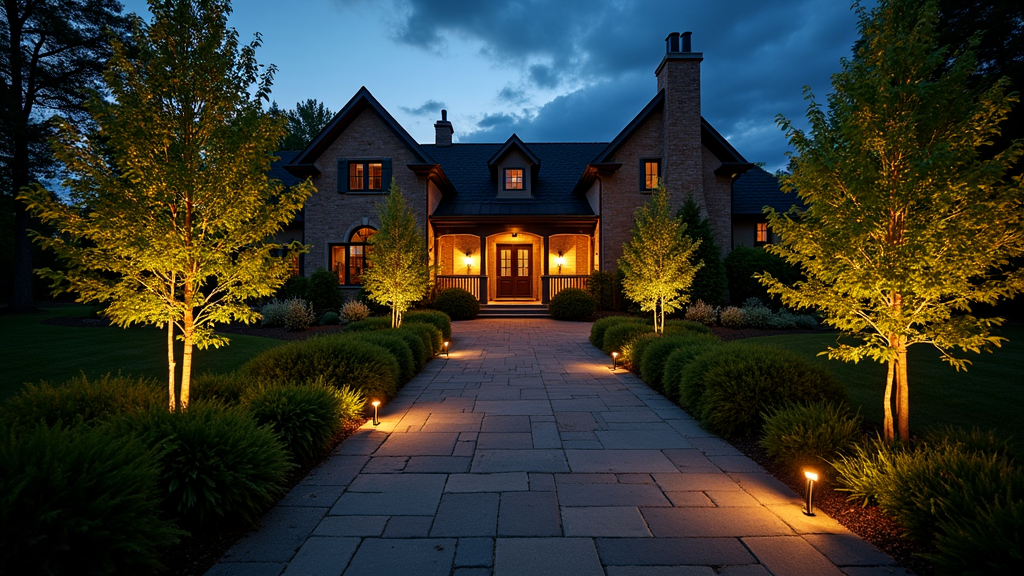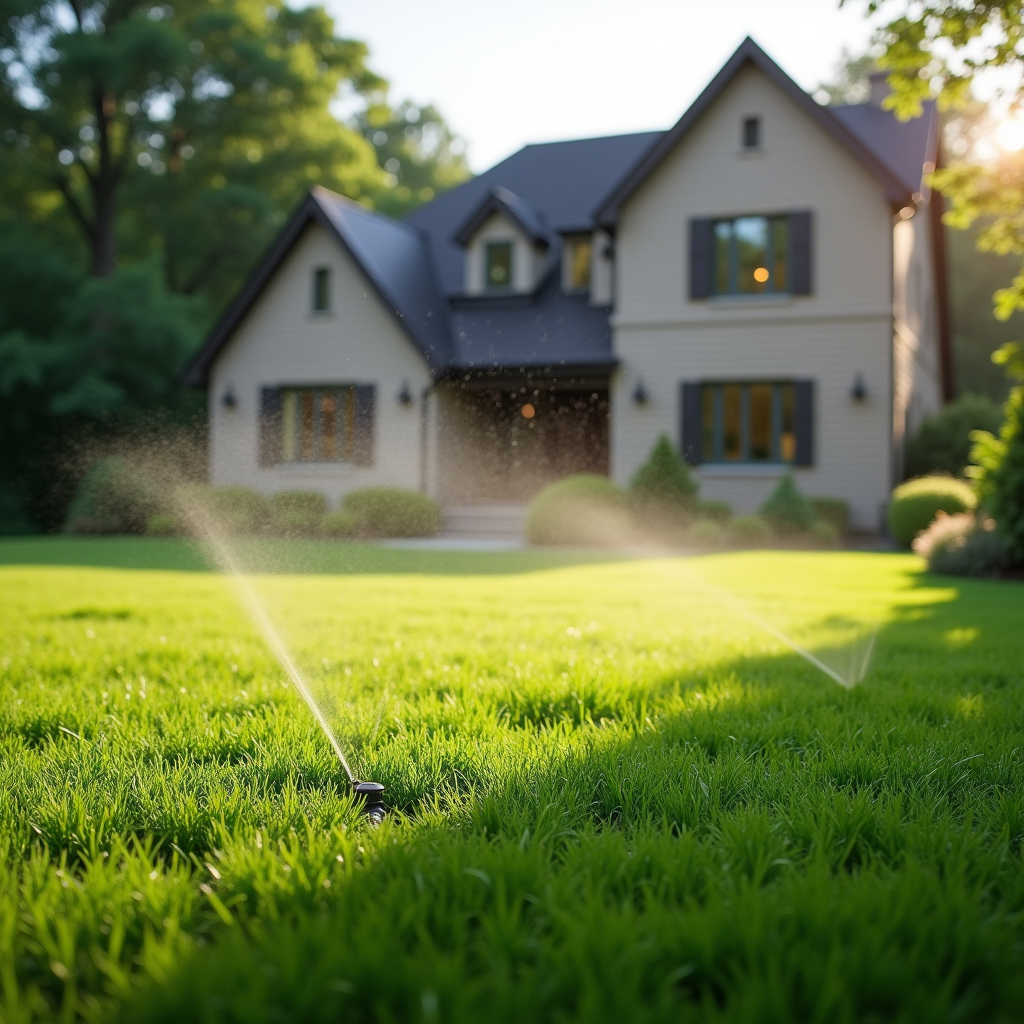Introduction
In the world of landscape design, one of the most exciting and rewarding aspects is the ability to create vibrant, diverse environments that reflect nature's breathtaking beauty. Embracing diversity in plant selection for vibrant landscapes is not just a trend; it's a way to foster ecosystems, enhance visual appeal, and promote sustainability. By understanding how different plants interact with each other and their surroundings, landscape designers can craft stunning scenes that provide aesthetic pleasure, ecological benefits, and increased property value.
As we delve into this topic, you’ll discover the importance of plant diversity in landscape design, strategies for selecting diverse plants, and how to create harmonious designs that celebrate a variety of species. Whether you're a seasoned professional or an aspiring gardener looking to add character to your backyard, this article will serve as a comprehensive guide.
The Importance of Diversity in Landscape Design
Why Diversity Matters
Plant diversity is crucial for several reasons. Primarily, it contributes to biodiversity within the ecosystem. A variety of plants can support various wildlife species including birds, insects, and small mammals. This rich tapestry of life creates a balanced ecosystem where each organism plays its part.

Benefits of Plant Diversity:
- Resilience: Diverse plant selection increases a landscape's resilience to pests and diseases. Aesthetic Appeal: Different shapes, colors, and textures create visually stimulating designs. Environmental Benefits: Varied root systems help prevent soil erosion and improve soil health. Seasonal Interest: A range of plants ensures something is always blooming or changing throughout the seasons.
Ecological Considerations in Plant Selection
When designing landscapes with plant diversity in mind, it’s essential to consider local ecology. Native plants are often more resilient to local pests and diseases compared to non-native species. Additionally, they require less maintenance since they are adapted to local conditions.
Key Factors:
- Climate Zone Soil Type Sunlight Availability Water Requirements
By tailoring selections to these https://anotepad.com/notes/5xd5pqxn factors, designers can ensure that their landscapes thrive naturally.
Designing Landscapes with Diverse Plant Selections
Understanding Plant Groupings
One effective strategy when embracing diversity in plant selection for vibrant landscapes is understanding how different plants can be grouped together. Companion planting refers to placing certain types of plants close together for mutual benefits—like pest deterrence or space efficiency.
Types of Plant Groupings:
Structural Plants: Large trees or shrubs that provide height. Filler Plants: Medium-sized perennials or grasses that fill gaps. Ground Cover: Low-growing plants that cover the soil effectively.This layering technique not only enhances aesthetics but also creates microclimates beneficial for various species.
Creating Harmonious Color Schemes
Color plays a pivotal role in landscape design. By thoughtfully choosing colors that complement one another, designers can create an inviting atmosphere while embracing diversity through varied blooms.
Color Principles:
- Analogous Colors: Use colors next to each other on the color wheel (e.g., blue and purple). Complementary Colors: Pair opposite colors (e.g., orange and blue) for dynamic contrast.
Using color theory effectively allows you to maximize visual impact while maintaining harmony across diverse plant selections.
Selecting Plants for Different Environments
Urban vs. Rural Landscapes
Urban areas often face unique challenges such as pollution and limited space; therefore, selecting hardy plants that thrive in such conditions becomes imperative. In contrast, rural landscapes may offer more space but come with different environmental considerations like soil quality and water availability.
Urban Landscape Essentials:
- Drought-resistant varieties like succulents or native grasses. Air-purifying plants like ferns or snake plants.
Rural Landscape Opportunities:
- Native wildflowers that attract pollinators. Fruit-bearing trees that provide food while enhancing biodiversity.
Seasonal Considerations in Plant Selection
To achieve year-round vibrancy in your landscape design, consider incorporating seasonal interest into your selections:
Spring Bloomers: Tulips & Daffodils Summer Stunners: Roses & Daylilies Autumn Highlights: Maples & Chrysanthemums Winter Foliage: Evergreens & HollyBy planning ahead for seasonal changes, you ensure your landscape remains lively regardless of the time of year.
Sustainable Practices in Plant Selection
The Role of Native Plants
Native plants should be at the forefront when considering sustainable practices in landscaping. These species require minimal irrigation once established and are better suited to local soil conditions.
Benefits of Using Native Plants:
- Reduced Maintenance Costs Lower Water Usage Enhanced Wildlife Habitat
By utilizing native flora, you not only protect local ecosystems but also create stunning landscapes reflective of natural beauty.
Incorporating Edible Landscapes
Another exciting trend involves integrating edible plants into traditional landscaping designs—commonly referred to as "edible landscaping." This approach embraces diversity by combining ornamental features with functional ones!
Examples Include:
- Herb gardens tucked among flowers. Vegetable patches designed as raised beds surrounded by decorative borders.
This method offers both aesthetic value and practical benefits; what could be better than harvesting fresh vegetables from your own yard?
Design Techniques That Celebrate Diversity
Layering Textures and Heights
When designing landscapes with diverse plant selections, layering different heights and textures adds depth while celebrating variety:
Tall Trees as Canopy Layer Shrubs as Mid-level Foliage Ground Covers Creating a Lush CarpetThis technique encourages visual interest while allowing all selected species ample opportunity for growth without overshadowing one another.
Utilizing Hardscaping Elements
Hardscaping—incorporating non-planted elements like stones or pathways—allows you greater control over how diverse plantings interact within your design scheme:
Examples:
- Stone walls providing structure amidst greenery. Patios made from permeable materials allowing vegetation growth through cracks!
Not only do these elements enhance functionality but they also serve as artful contrasts against soft landscaping features!

FAQs about Embracing Diversity in Plant Selection for Vibrant Landscapes
1. What does "plant diversity" mean?
Plant diversity refers to the variety of different plant species within a specific area or ecosystem which helps maintain ecological balance.
2. Why should I use native plants?
Native plants are adapted to local climates and soils so they require less maintenance while supporting regional wildlife populations effectively!
3. How do I choose complementary colors?
Use a color wheel! Select colors adjacent or opposite each other on the wheel for harmonious blends or striking contrasts respectively!
4. What are some examples of companion planting?
Examples include pairing tomatoes with basil—which enhances flavor—or marigolds alongside vegetables—to deter pests naturally!
5. Can I mix edible plants into my landscape?
Absolutely! Incorporating herbs or vegetable patches among traditional flowers creates stunning displays while providing fresh produce right at home!
6. What maintenance considerations should I keep in mind?
Choose low-maintenance varieties where possible! Ensure proper spacing during planting so every selected species has sufficient room—and don’t forget seasonal pruning needs!
Conclusion
Embracing diversity in plant selection for vibrant landscapes opens up endless possibilities within landscape design! Not only does it enhance beauty through varied textures and colors—but it significantly contributes towards environmental sustainability too!
Whether you’re crafting an urban oasis filled with hardy natives or designing sprawling rural gardens teeming with life—remember the principles outlined here will guide you towards creating exquisite outdoor spaces reflecting both nature’s artistry AND ecological integrity!
Let’s celebrate our planet’s rich botanical heritage by making thoughtful choices when selecting diverse flora—that’s truly where magic happens! Happy gardening!